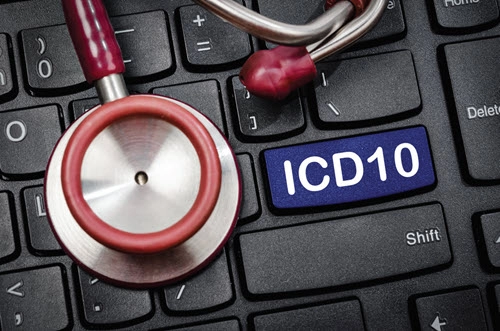Stay on Top of Non-COVID-19-Related ICD-10-CM Guideline Updates
Question: I’ve heard about new guidelines for COVID-19-related diagnoses and disorders due to vaping, but nothing pertaining to other sections of the ICD-10-CM guidelines. Is there anything I’ve missed? Washington Subscriber Answer: While the COVID-19 guidelines have taken up most of the headlines, there are two other areas within the ICD-10-CM 2021 code book that include new rules and coding instruction to take note of. Some of these guidelines may not pertain to otolaryngology, but it’s always important to be aware of what’s new in order to avoid getting caught off guard. First, have a look at Sections I.C.4.a.3 and I.C.4.a.6.a, which include the same guideline as it pertains to primary and secondary diabetes mellitus: These guidelines may apply to patients being treated for respiratory manifestations and complications due to diabetes diagnoses. Some of these conditions may include bladder cystopathy, urinary tract infections (UTIs), and sexual dysfunction. Next up, there’s an important ICD-10-CM guideline change to consider surrounding puerperal sepsis diagnoses for obstetrical patients during or following an obstetrical procedure: Refresher: According to Dorland’s Illustrated Medical Dictionary, puerperal sepsis, also known as puerperal fever, is “an infectious, sometimes fatal, type of septicemia with fever associated with childbirth; the focus of infection is the uterus, and the etiologic agent is frequently a streptococcus.” For puerperal sepsis patients treated by a urologist or gynecologist, you need to consider how these new guidelines change the way in which you’ll go about your diagnosis coding. While code O85 (Puerperal sepsis) is still appropriate during most clinical encounters, these new guidelines restrict O85 reporting when the puerperal sepsis follows an obstetrical procedure. If the patient is diagnosed with puerperal sepsis during delivery or in the days or weeks following, you should follow the guidelines outlined in Section I.C.1.d.5.b, which state the following: The last new ICD-10-CM 2021 to consider has to do with the following three observation category codes: In previous versions of the ICD-10-CM guidelines, you’ve received instruction to exclusively report observation codes as first-listed diagnoses. The 2021 guidelines revise the wording to state that codes from code range Z03-Z05 should “primarily” be used as principal/first-listed diagnoses. It adds the following instruction outlining what circumstances allow for reporting of code range Z03-Z05 as secondary codes: While these sorts of clinical scenarios may be few and far between, it’s always important to take note of instances where the guidelines shift from speaking in absolutes (always, never) to offering more leeway on code reporting depending on the clinical situation.


